The Complete Guide to Rodent-Proofing Your RV or Motorhome
- sealemout
- Feb 26
- 9 min read
Updated: Feb 28
Introduction
If you've owned an RV or motorhome for any length of time, you may have already encountered an unwelcome visitor: rodents. Mice, rats, and other small mammals can cause thousands of dollars in damage to your recreational vehicle, chewing through wiring, insulation, upholstery, and even structural components. Beyond the financial impact, these pests pose health risks through the diseases they carry and the contamination they leave behind.
This comprehensive guide will walk you through everything you need to know about keeping your RV rodent-free, from understanding how and why rodents enter your vehicle to implementing effective, humane prevention strategies. Drawing on historical approaches to rodent control and modern innovations, we'll provide you with practical solutions that protect your investment without resorting to harmful poisons or inhumane methods.

Understanding the Rodent Problem in RVs
Why RVs Are Particularly Vulnerable
RVs and motorhomes present ideal targets for rodent invasion for several key reasons:
Seasonal Use: Many RVs sit unused for extended periods, giving rodents undisturbed access.
Multiple Entry Points: The numerous connections for utilities, vents, and mechanical systems create potential access points.
Food Sources: Even the smallest food residues can attract hungry rodents.
Shelter: RVs offer protected, insulated spaces perfectly suited for nesting.
Ground Contact: Elements that contact the ground - tires, stabilizing jacks, electrical cables, and sewer hoses - serve as convenient "ladders" for climbing rodents.
The Damage They Cause
Rodent damage in RVs typically includes:
Chewed electrical wiring (a fire hazard)
Damaged insulation and HVAC ducting
Contaminated water systems
Destroyed upholstery and bedding
Chewed fluid lines
Compromised structural elements
Unpleasant odors from urine, droppings, and nesting materials
Health hazards from bacteria, viruses, and parasites
The average cost of repairing rodent damage in an RV can range from several hundred to several thousand dollars, not counting the lost vacation time and inconvenience.
The History of Rodent-Proofing: Lessons from Ships and Architecture

Maritime Rodent Control
Long before RVs existed, ships faced similar challenges with rodent stowaways. Sailors developed ingenious methods to protect their vessels:
Rat guards: Circular metal discs placed on mooring lines to prevent rats from boarding
Ship's cats: Feline crew members employed specifically for rodent control
Design modifications: Streamlined construction to eliminate hiding spots
These maritime solutions provide valuable insights for RV protection, particularly the concept of blocking access routes from the ground.
Architectural Nod to Rodent Proofing: The Graybar Building, New York
The historic Graybar Building in New York City, completed in 1927, incorporated a fascinating architectural feature specifically showcasing the rodent proofing of utility lines. The building's designers added these flared, funnel-shaped guards around cables entering the structure - a design element now referred to as "rat deflectors" or "rat guards" or "baffles".
This same principle can be applied to modern RVs, creating physical barriers that prevent climbing rodents from reaching entry points - a concept we'll explore in detail in our prevention section.
Understanding Rodent Behavior: Know Your Enemy
To effectively combat rodents, it helps to understand their capabilities and behaviors:
Physical Abilities
Can squeeze through openings as small as 1/4 inch (mice) or 1/2 inch (rats)
Excellent climbers, capable of scaling vertical surfaces
Strong teeth that can gnaw through wood, plastic, soft metals, and even concrete
Keen sense of smell for detecting food sources
Behavioral Patterns
Primarily nocturnal, with peak activity at dusk and dawn
Naturally cautious of new objects (neophobia)
Follow established pathways along walls and familiar routes
Seek shelter in dark, secluded spaces
Require regular access to food or water
Often seeks safe nesting space off the ground away from natural predators
Understanding these characteristics informs our prevention strategies, highlighting the importance of eliminating access points and removing attractants.
The Complete RV Rodent-Proofing System
1. Blocking Primary Access Routes
The most effective prevention starts with blocking the paths rodents use to enter your RV:
Utility Line Protection
Cable and Hose Guards
Install funnel-shaped deflectors on all lines that connect your RV to the ground
Position the wide end of the funnel facing downward to prevent climbing
Ensure guards are made of gnaw-resistant materials like metal or high-density plastic
Power & Water Line Protection
Consider plastic or metal sleeves that rotate when rodents try to climb
Install cones or baffles similar to those used in the Graybar Building example above
Cut funnels and place them over lines with the wide opening facing downward
Sewer Line Protection
Use specialized guards for sewer connections
Consider quick-disconnect systems that can be completely removed and sealed when not in use
Inspect regularly for cracks or damage
Tire and Jack Protection
Tire Covers
Use rodent-resistant tire covers made from durable smooth materials; rubber tires are easy for mice and rats to climb as they are designed for traction
Ensure covers extend to the ground with no gaps
Jack Stand Guards
Consider leaving the jacks up when boondocking or near rock walls or cabins. These motorhome to ground connections are the baine of rodent proof RVing
Smooth metal or plastic sleeves around jacks may prevent climbing
Use slippery or non porous materials that rodents cannot climb; Some RV owners use a thin layer of petroleum jelly or talcum powder on stabilizer jacks... Beware this will cause a sure mess!
2. Sealing Entry Points
A thorough inspection and sealing of potential entry points is possible but not recommended in most cases. Holes and gaps on RVs and motorhomes are often there for a reason like ventilation or accessibility. Closing these may cause issues down the road:
Common Entry Points to Seal:
Gaps around utility line connections
Vents and fans (install mesh screens)
Damaged floor insulation
Gaps in storage compartments
Areas where wiring or plumbing enters the living space
Effective Sealing Materials (removable when needed):
Steel wool (tightly packed in openings)
Copper mesh (rodents avoid chewing)
Expanding foam (may be better than nothing but can will easily be chewed or made into nesting material! )
RTV Silicone caulk for smaller gaps (Better than above but harder to remove)
Metal flashing for larger areas (best for stationary RVs or motorhomes: you don't want metal falling while moving!)
3. Environmental Management
Creating an environment that discourages rodent interest:
Food Management:
Store all food in gnaw-proof containers
Clean thoroughly after meals
Use sealed trash containers
Remove pet food when not in use
Clean grills and outdoor cooking areas
Surrounding Area:
Keep the area around your RV clear of tall grass
Remove debris piles near your parking location
Trim branches that may provide access to your roof
Maintain distance from known rodent habitats when parking
Pick spots on the interior of parks versus at the woodline
Deterrents like peppermint oil, cedarwood oil may smell nice and give additional peace of mind but mice and rodents adapt quickly and these shouldn't be relyed on completely. Certainly don't donate your life savings to "Grandpa Gus" or fill your motorhome with "Irish Spring"!
4. Monitoring and Early Detection
Implementing a system to catch problems early:
Regular Inspections:
Check for droppings, especially in storage areas
Look for gnaw marks on wires, hoses, and wood
Inspect insulation for nesting materials
Examine undercarriage and engine compartment before trips
Detection Tools:
Place detection devices in strategic locations (a pile of three nuts or seeds work)
Consider motion-activated trail cams or security cameras in storage areas
5. Emergency Response Plan
Despite best efforts, prepare for potential intrusions:
Humane Removal Options:
Live traps placed in areas of activity
Check traps every 12 hours or less to prevent suffering
Proper release protocols (Right outside the RV works, they will hide and are unlikely to reenter an RV until dusk)
Professional removal services but beware not to allow poison under any circumstances (a dead rodent and it's smell WILL ruin an RV; physical traps in containers can be removed easily)
Post-Intrusion Cleaning:
Safe disinfection procedures (non corrosive anti bacterial anti viral cleaners)
Proper disposal of contaminated materials
Thorough inspection for damage
The Case Against Poison

Using poison for rodent control is reckless, harmful, inhumane, and completely unnecessary. Poisons don’t just kill rodents - they poison your living space and the entire ecosystem allowing the rodents to die inside your RV or motorhome often in inaccessible areas. Owls, hawks, coyotes, foxes and other natural predators that eat rodents suffer slow, agonizing deaths from secondary poisoning. Pets and children are also at risk from accidental exposure. Poisoned rodents will crawl into hidden spaces to die, leaving RVs filled with the stench of decay. Poisoned rodent bodies "explode" from gas as they decay introducing physical allergens to your living space. Rodent dander and hairs are known causes and triggers for asthma in adults and children.
Not only that, but rodents like deer mice quickly repopulate once space opens up, leading to an exponential buildup of mice in your RV or camper over time. Here’s why: deer mice have a natural limit to how many can coexist in a confined area. Say a camper can comfortably support two nests - each nest built by a pair of adult mice, who might live 1-2 years. They’re territorial, preferring to keep about 10 feet between nests and staying within 12 feet of a ground access point. If you poison those two pairs to clear them out, you’ve just created a vacancy. Almost immediately, four new mice - two new pairs - move in to claim those spots. Poison them again, and the cycle repeats: more mice arrive to fill the void. Each poisoning doesn’t just reset the clock; it invites replacements faster than the originals would’ve bred (and left), piling up the total number of mice that cycle through your space. So, what starts as two nests can turn into a revolving door of invaders and an exponentially growing accumulation of dead mice in your camper!
Exclusion and prevention are the only reasonable choices. Consider the following:
Dangers of Rodenticides
Secondary poisoning of pets, wildlife, and birds of prey
Delayed death leading to rodents dying in inaccessible areas of your RV
Odor problems from decomposition within walls or under floors
Environmental contamination you are now putting all rodent predators at risk
Health risks to humans, especially children, pets and wildlife from accidental exposure
Inaccessible dead rodents inside your space
Exponential growth in the total number of rodents in your RV or motorhome
Humane Alternatives
Effective rodent control doesn't require poison. This multi-layered prevention system focuses on exclusion rather than elimination, creating barriers that keep rodents out without causing unnecessary suffering or environmental harm.
Seasonal Maintenance Schedule
Maintaining rodent protection requires regular attention:
Before Storage
Thoroughly clean interior, removing all food sources
Inspect and refresh all seals and barriers
Deploy monitoring cameras or detection devices (pile of 3 nuts or seeds)
Position the RV on concrete when possible
Consider protective covering systems
Minimize all ground contact points
During Storage Period
Conduct monthly inspections if possible
Monitor for signs of activity
Maintain environmental controls around storage area
Before Use After Storage
Complete top-to-bottom inspection
Test electrical systems for damage
Flush water systems
Check engine compartment thoroughly
Check camera footage or detection devices (pile of 3 nuts or seeds)
Professional vs. DIY Approaches
Understanding when to call in professionals:
When to Consider Professional Help
Evidence of extensive infestation
Recurring problems despite prevention efforts
Concerns about contamination
Electrical or mechanical issues resulting from damage
Selecting Qualified Professionals
Look for specialists in RV pest control (Seal Em Out LLC, ATBAY LLC)
Verify methods used (avoid companies that use poisons)
Check reviews and references
Ensure they provide prevention advice, not just removal
Conclusion
Protecting your RV from rodent damage requires a comprehensive approach that addresses all aspects of prevention. By implementing the strategies outlined in this guide - from installing physical barriers on ground connections to maintaining a clean, unattractive environment for pests - you can significantly reduce the risk of costly and frustrating rodent intrusions.
Remember that consistency is key. Even small oversights can create opportunities for determined rodents. By incorporating these practices into your regular RV maintenance routine, you'll protect your investment and ensure your travels remain comfortable, healthy, and rodent-free.
About the Author
Paul Trapp is an RV owner himself and prides himself with his humane approach to rodent control. Paul's journey in pest exclusion began at age 16, marking the start of what would become over two decades of specialized expertise in keeping unwanted visitors at bay. Where others saw quick fixes, Paul recognized the need for lasting solutions - a philosophy that has guided his approach to rodent-proofing throughout his career.
As the founder of Seal Em Out, Paul has dedicated himself to transforming how we think about pest prevention. Drawing inspiration from historic methods used in maritime and architectural contexts, he has refined these time-tested approaches into modern solutions perfect for today's RV owners. His previous venture, ATBAY LLC in Connecticut, established his reputation for innovative, chemical-free exclusion techniques before he expanded his reach to Florida and beyond.
Paul's creation of the Seal Em Out RV Rodent-Proofing Guide represents the culmination of years spent in the field, observing firsthand how rodents think, move, and exploit vulnerabilities in structures. By adapting the ingenious funnel-guard concept from historic buildings like the Graybar Building in New York, Paul has developed a system that addresses the unique challenges RV owners face.
"The most effective solution is one that works with nature's patterns rather than against them," Paul often says. His commitment to permanent, poison-free protection reflects both environmental consciousness and practical wisdom - why trap rodents repeatedly when you can simply keep them out?
When not perfecting his exclusion techniques, Paul continues to expand his knowledge through hands-on testing and collaboration with RV owners across the country. His practical experience and genuine passion for solving pest problems shine through in every recommendation and product he offers.
For more expertise on protecting your RV or home from unwanted visitors, follow Paul's work at SealEmOut.com, where he regularly shares exclusion tips, product innovations, and the latest developments in chemical-free pest prevention.


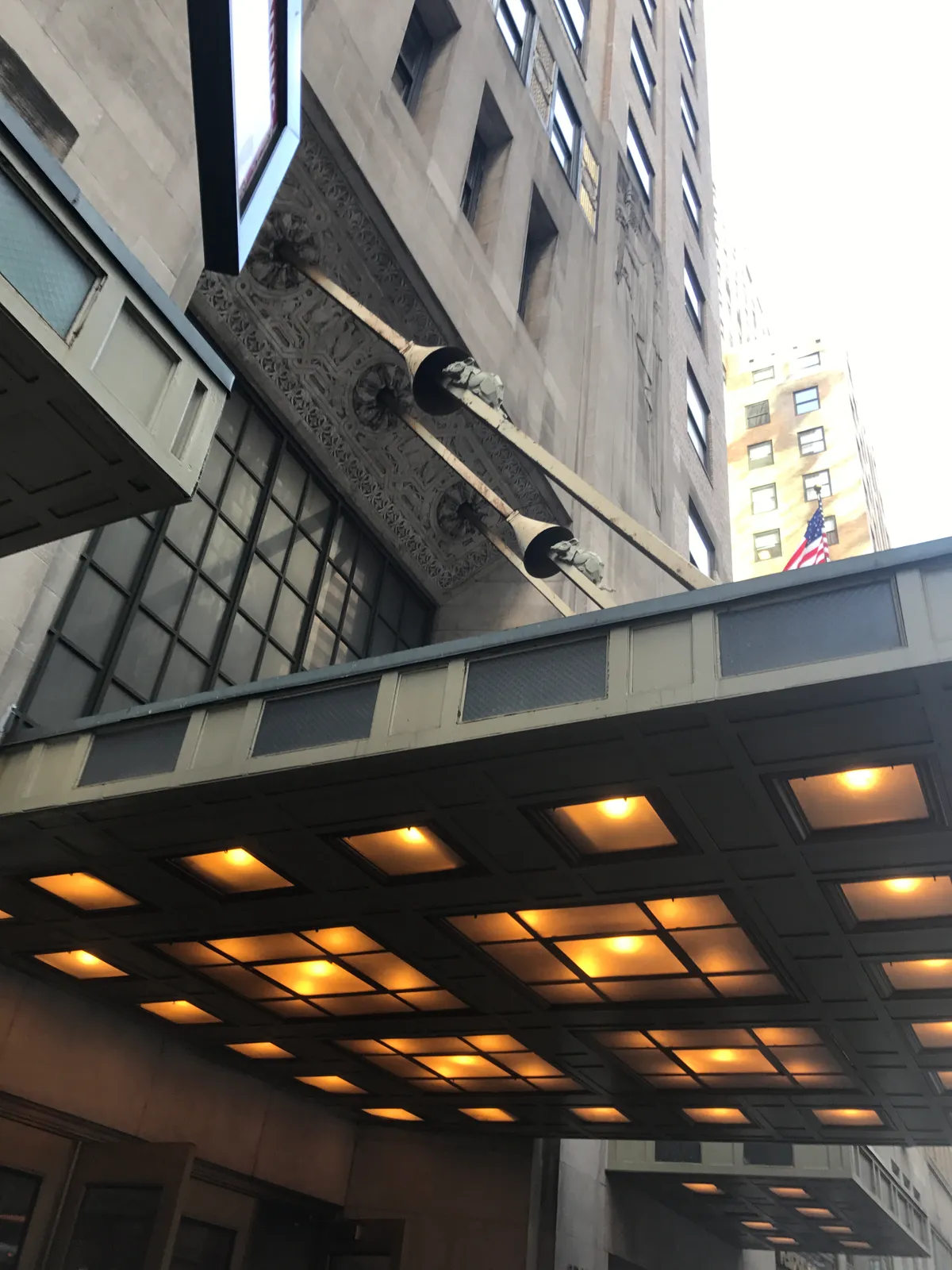
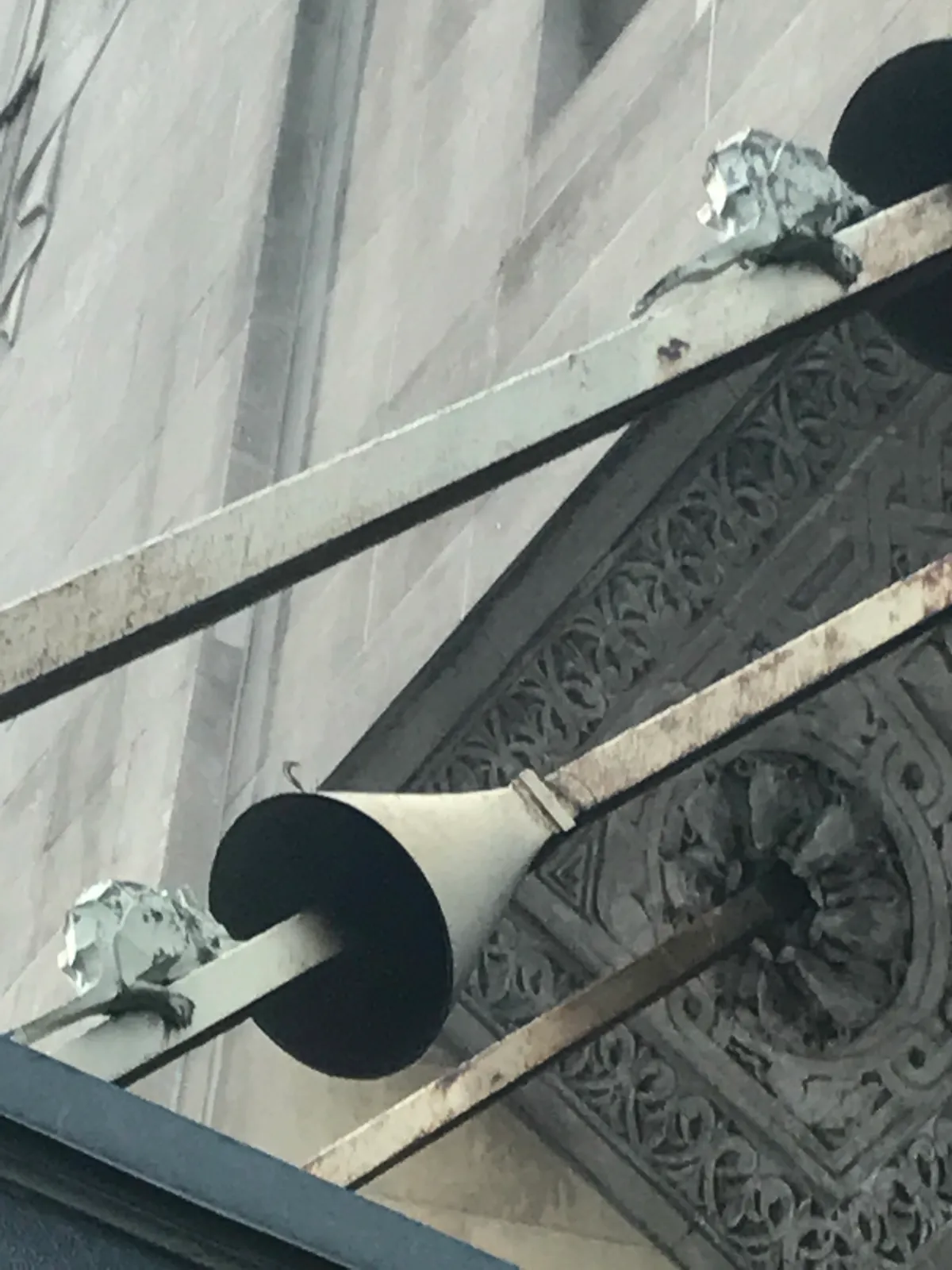
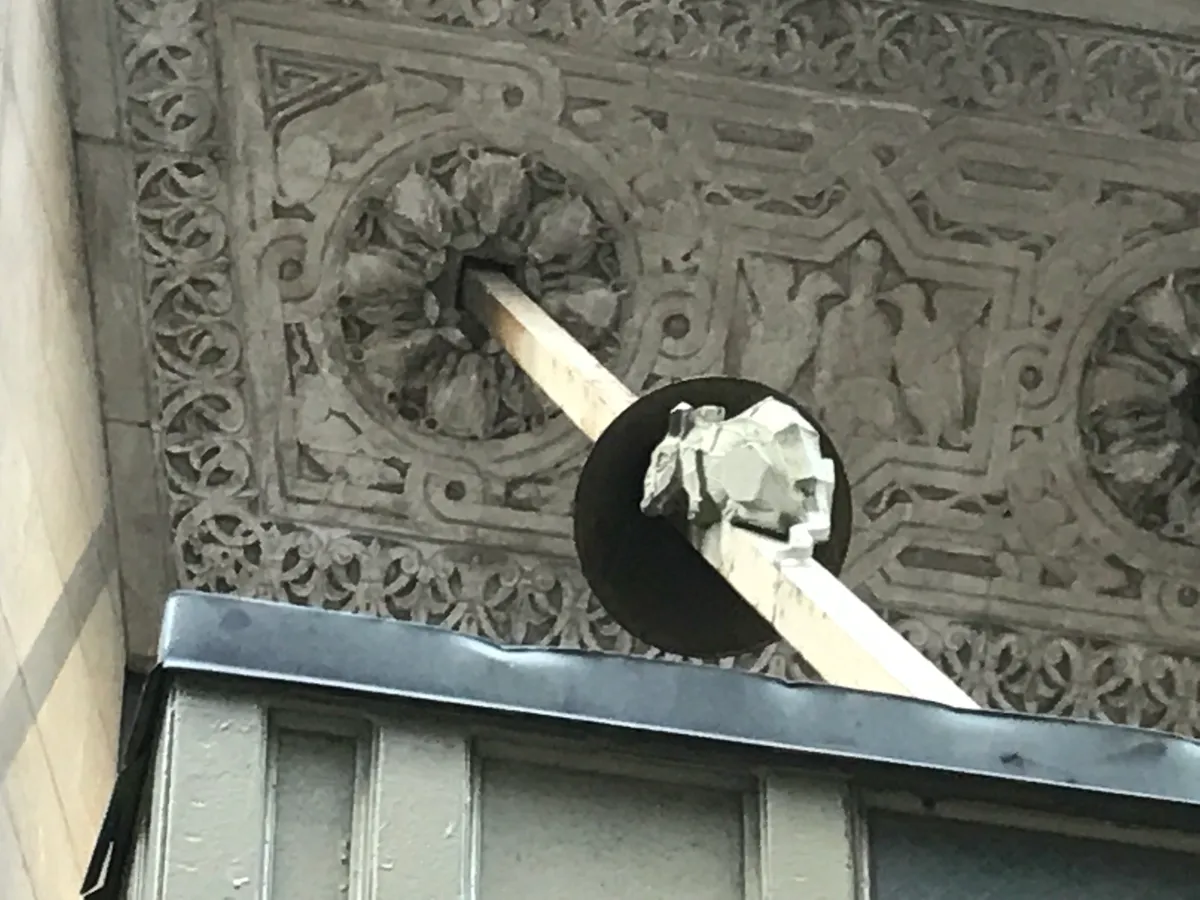
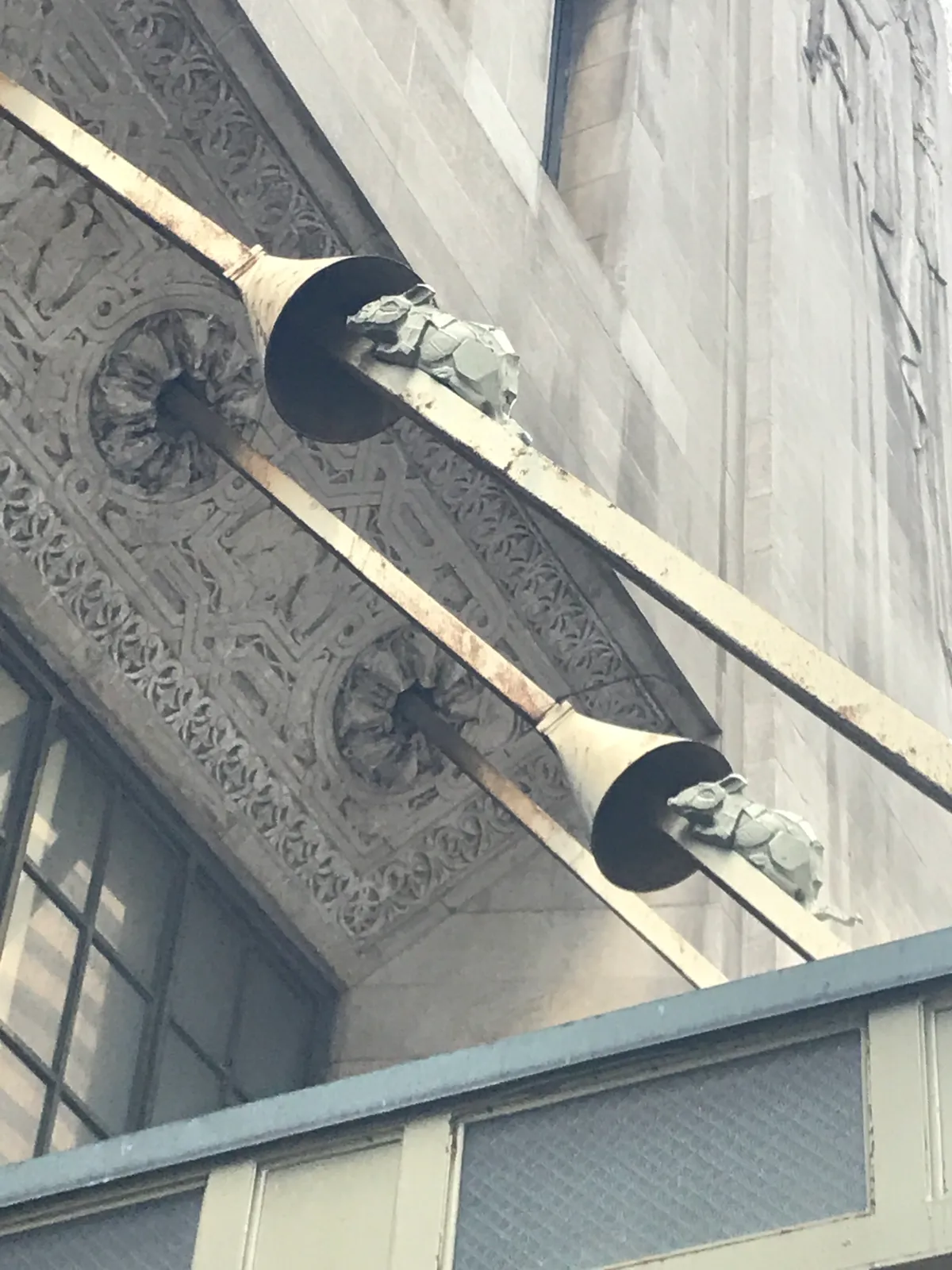
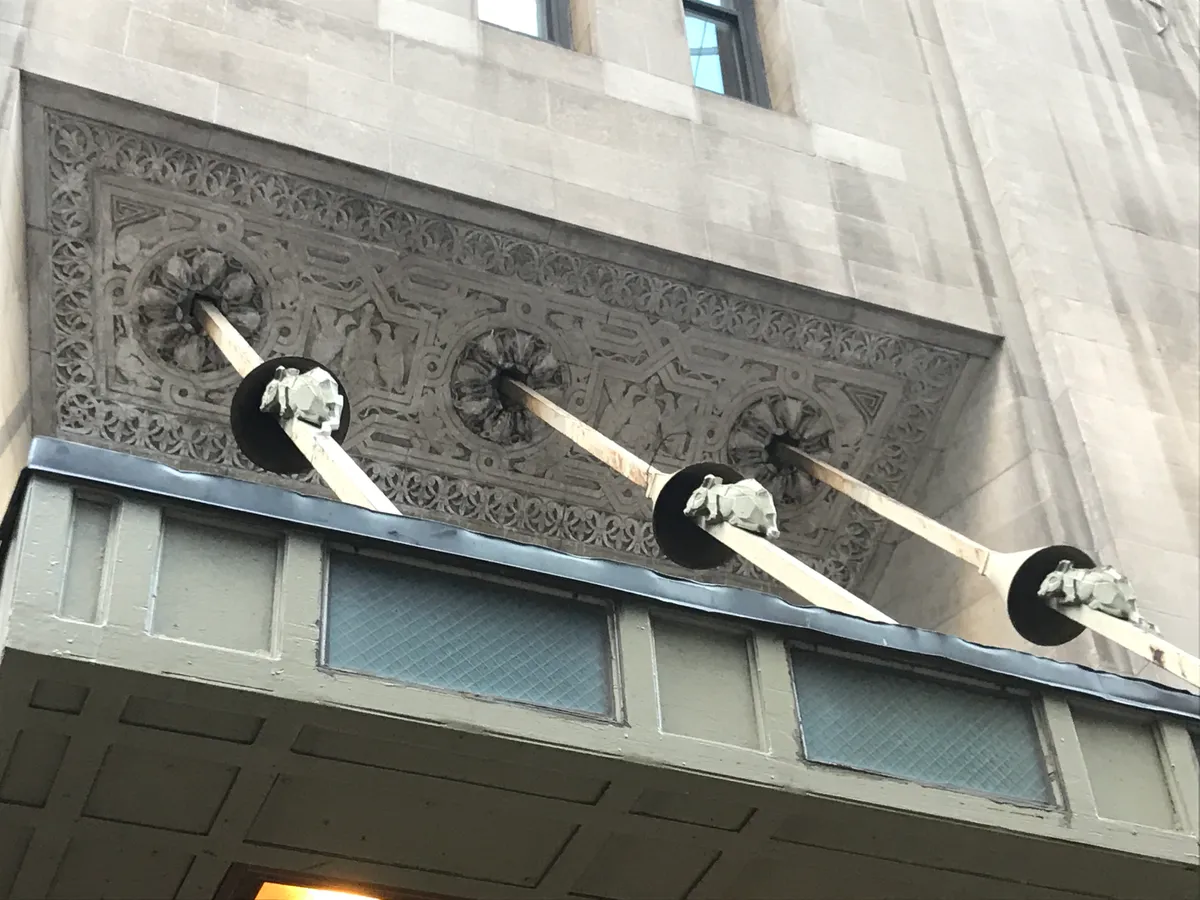
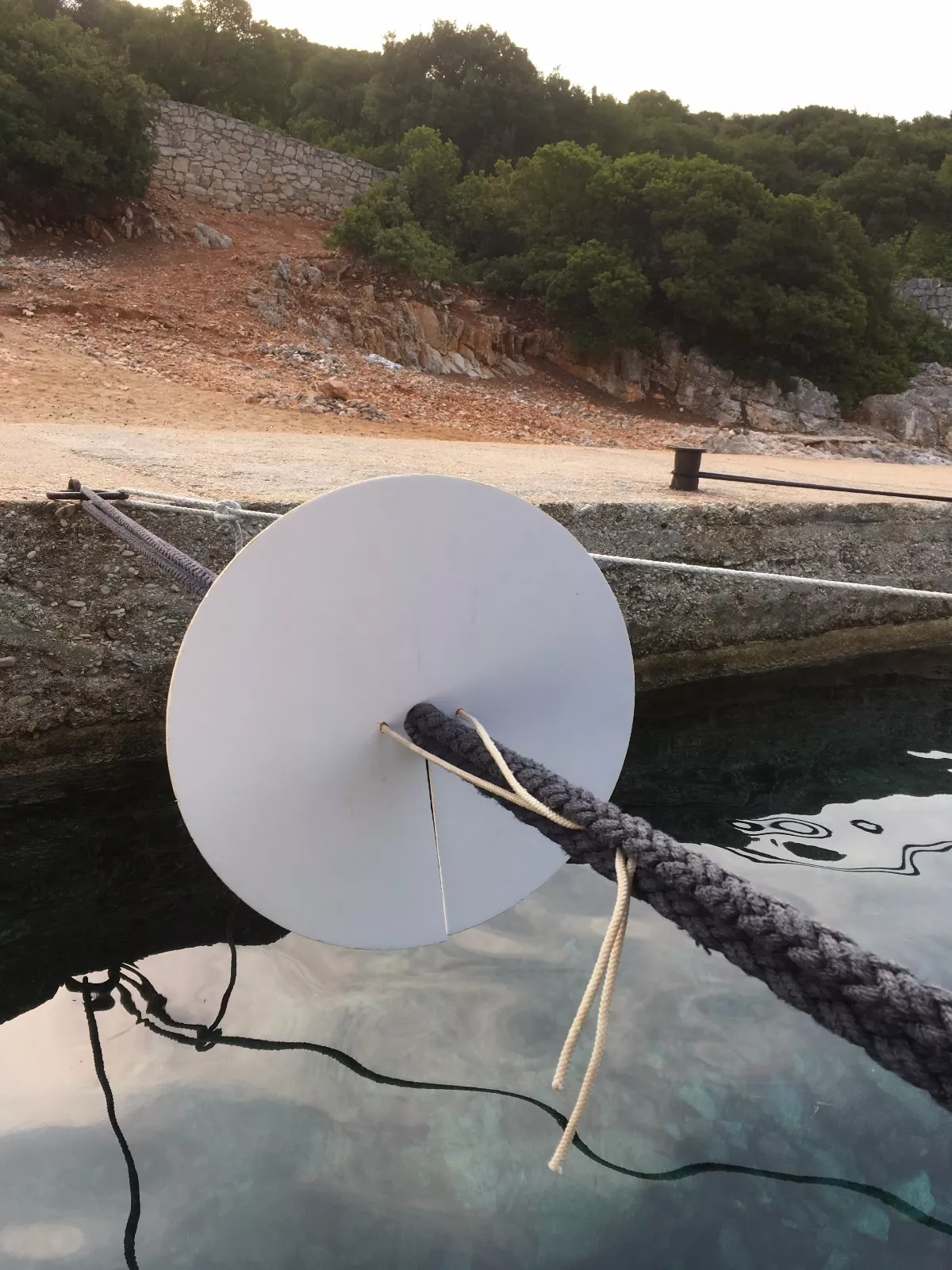


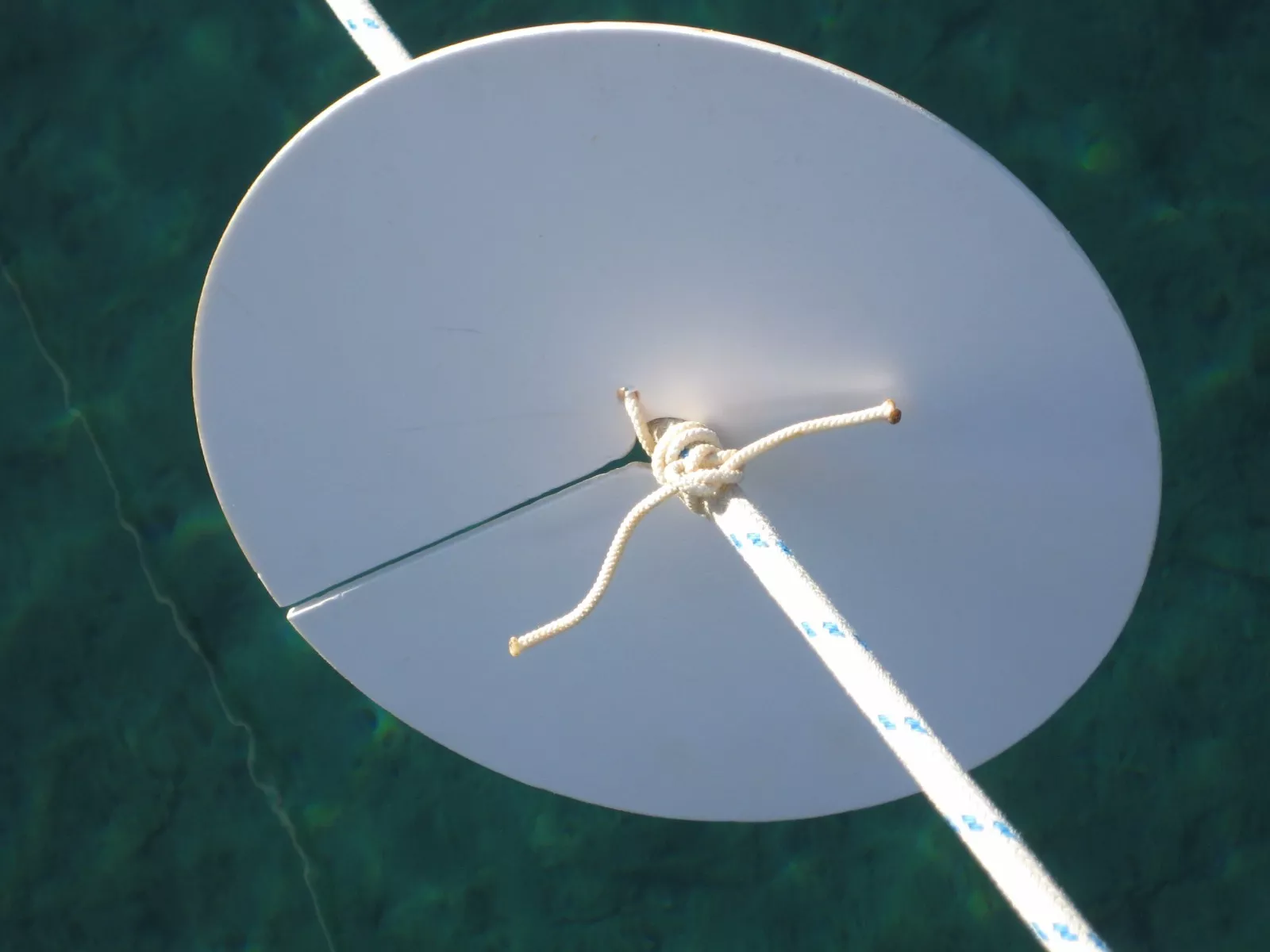







Comments